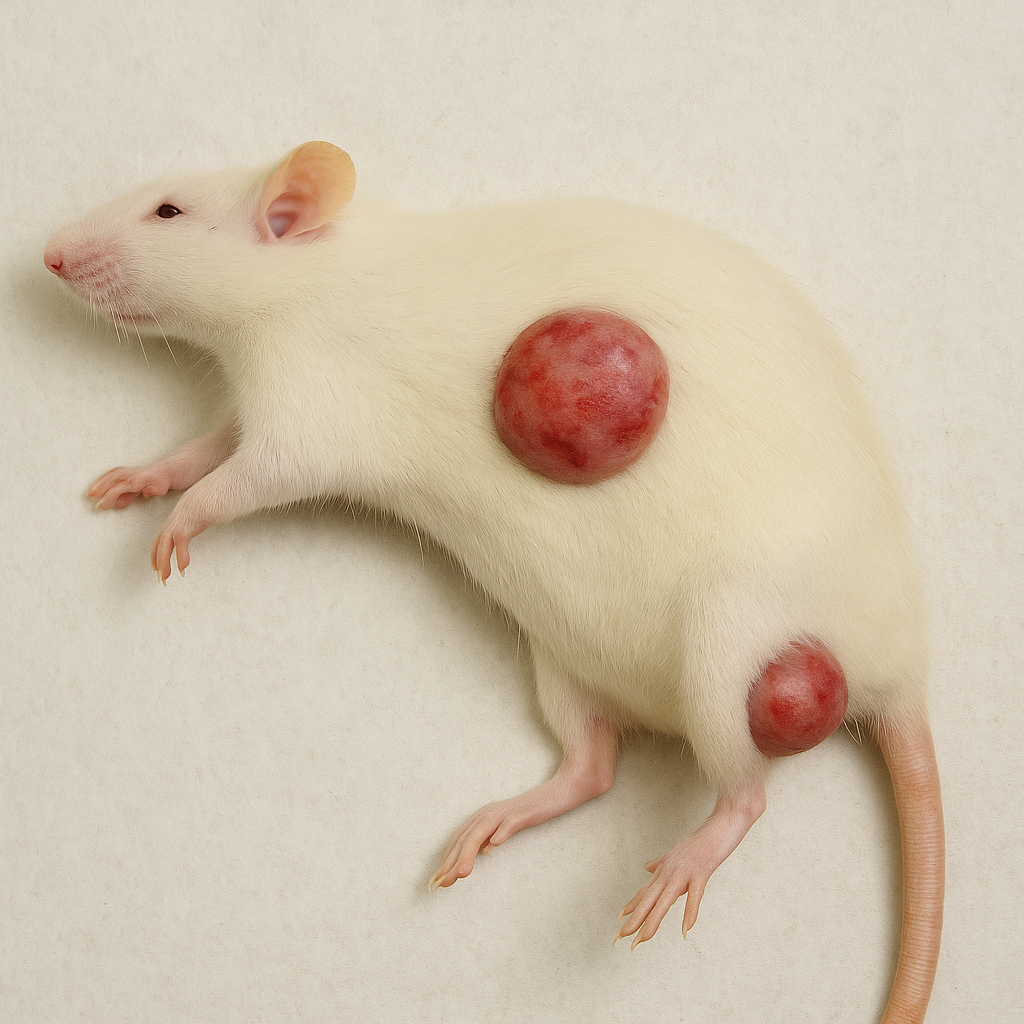In a groundbreaking peer-reviewed study published in Environmental Health, scientists have found compelling evidence that long-term exposure to glyphosate—the world’s most widely used herbicide—and its commercial formulations can cause cancer, even at levels currently deemed “safe” by European regulators. The study, led by Italy’s independent Ramazzini Institute, is being hailed as the most comprehensive investigation of glyphosate’s carcinogenic potential to date.
Major Findings: Cancer at Legally Acceptable Exposure
The study revealed a significant rise in early-onset leukemia and a broad spectrum of other tumor types in laboratory rats, including cancers of the liver, thyroid, mammary glands, nervous system, kidney, and uterus. Notably, these effects emerged at doses equivalent to the EU’s Acceptable Daily Intake (ADI)—thresholds still officially considered safe for human exposure.
“This peer-reviewed publication removes any excuse for inaction,” said Dr. Angeliki Lysimachou, Head of Science and Policy at PAN Europe, a key organization now challenging the EU’s decision to reauthorize glyphosate. “Regulators knowingly excluded critical evidence from the risk assessment. Glyphosate clearly fails to meet the safety requirements of EU law.”
Despite the new evidence, the European Commission renewed glyphosate’s license for another 10 years in 2023, prompting legal action by PAN Europe and allied groups in the General Court of the European Union.
This is an AI generated representation of actual results.
Study Design: A Gold Standard in Toxicological Research
The study was conducted using Sprague–Dawley rats, a standard model in toxicology, and included over 1,020 animals exposed to either glyphosate or its commercial formulations—Roundup Bioflow (EU) and RangerPro (US).
Exposure began in utero (from gestational day 6) and continued throughout the animals’ entire lifespan—up to 104 weeks—to simulate real-world, lifelong human exposure. Dosing levels were carefully chosen to reflect regulatory relevance: 0.5, 5, and 50 mg/kg body weight/day, spanning from the ADI to the No Observed Adverse Effect Level (NOAEL).
Animals were split into short-term and long-term exposure cohorts. While some were observed until sexual maturity (6–13 weeks), others were monitored through old age for carcinogenicity outcomes.
Scientific Rigor and Transparency
The research involved collaboration between multiple institutions across Europe and the United States. The methodology was rigorous:
- Sample collection: Urine, feed, and water samples were monitored for glyphosate and its primary metabolite (AMPA).
- Analytical technique: Levels were quantified using liquid chromatography tandem mass spectrometry (LC-MS/MS)—a gold standard for chemical analysis.
- Statistical approach: Data were evaluated using multilevel mixed-effect models, ANOVA, and other advanced tools to account for factors such as litter effects.
- Oversight and ethics: The entire protocol was approved through rigorous ethical review and all lab work was conducted in accredited laboratories following international standards.
Lead Authors and Global Collaboration
Key contributors to the study include Simona Panzacchi, Eva Tibaldi, Luana De Angelis, and internationally respected scientists such as Dr. Fiorella Belpoggi, Dr. Michael N. Antoniou, and Dr. Philip J. Landrigan—a former senior advisor to the World Health Organization and leading voice on environmental health.
The results shared with EU regulators in 2023—prior to glyphosate’s reapproval—were not incorporated into the final regulatory decision, a move now under fierce criticism from health and environmental groups.
Global Public Health Concerns
Since the International Agency for Research on Cancer (IARC) classified glyphosate as “probably carcinogenic to humans” in 2015, public concern has continued to grow. Human exposure is now considered widespread, with residues found in food, water, air, and even in the urine of children.
The new study dramatically raises the stakes by confirming that such exposures may not just be risky—they could be carcinogenic, even at levels governments currently accept.
What’s Next?
This research is expected to influence upcoming regulatory reviews, legal battles, and policy reforms not just in Europe but globally. It also underscores the need for more independent, long-term, and transparent toxicology studies, especially for chemicals that have become so deeply embedded in modern agriculture.
As the debate intensifies, one thing is clear: the Ramazzini Institute’s work has provided a pivotal piece of scientific evidence that regulators and the public can no longer afford to ignore.

